🧭 Master the Metrics That Make Pricing Work
How early-stage SaaS founders can design pricing that fuels growth, builds trust, and evolves with scale.
If you’re building an early stage SaaS company, pricing is one of the most misunderstood growth levers you will ever touch.
It is both a strategy and a signal. It defines how customers perceive value, how fast you spread through the market, and how efficiently you retain the right users.
Set it too high, and adoption stalls before you learn anything.
Set it too low, and you anchor expectations that are hard to escape later.
The challenge is not finding a perfect price. It is designing a system that evolves — one that drives distribution, virality, and retention early on, and transitions smoothly into value based pricing as your product matures.
Here is how to build that foundation, step by step.
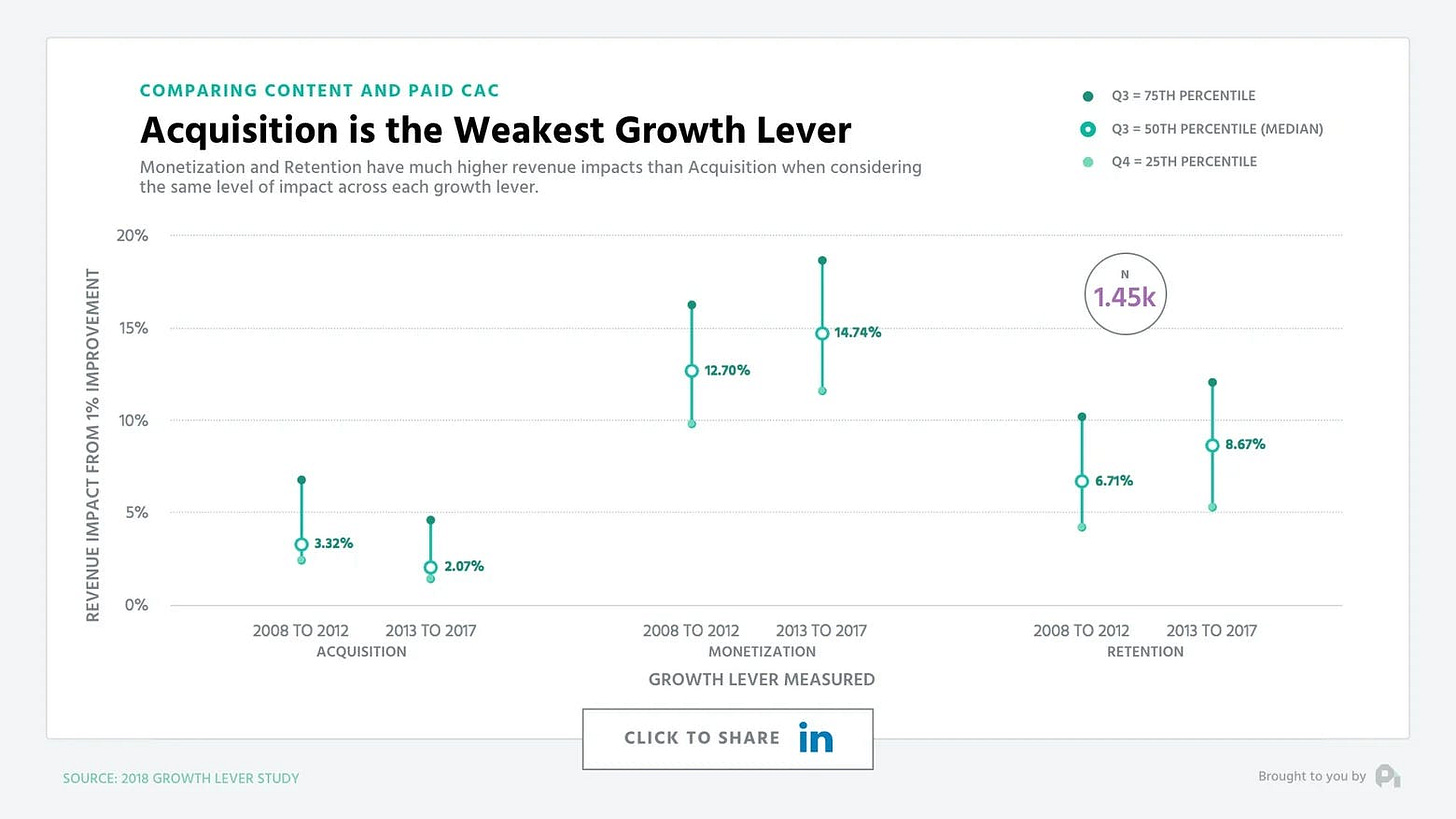
📖 Table of Contents
Start with Distribution First
Define a Value Metric Early
Package for Virality Without Hurting Conversion
Protect Retention with Annual Plans
Know When to Move Toward Value-Based Pricing
Connect to BrainDump Wisdom
Raise Prices Without Losing Trust
Measure Whether Pricing Is Working
Run a 90-Day Pricing Sprint
Founder OS: The Pricing Test Framework
1️⃣ Start with Distribution First: Choose the Right Entry Model
Your first pricing decision is not about how much you charge, but about how people begin using your product.
That first interaction defines conversion, virality, and long term revenue potential.
The Three Main Entry Models
1. Free Trial (7–30 days)
Best for products where the value moment happens quickly, like Notion, Superhuman, or Calendly.
The trial should be long enough to demonstrate recurring value but short enough to create urgency.
2. Freemium
Works best when users naturally share what they create — Loom links, Figma files, or Notion pages.
It turns your user base into your marketing engine.
Keep the free plan generous enough to build habits, but limit features that accelerate virality, such as team invites, exports, or branding controls.
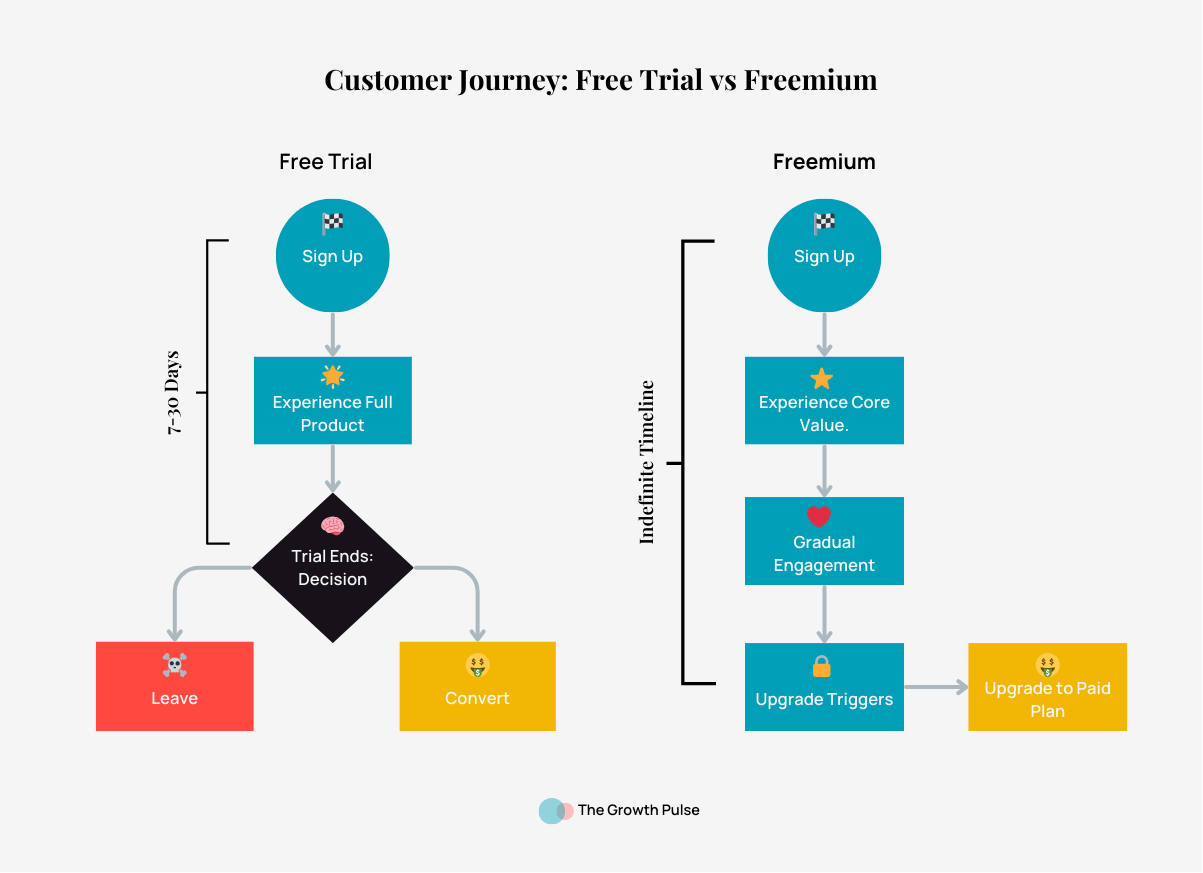
3. Usage Based or Consumption Based
Ideal for infrastructure or technical tools like APIs and analytics.
The price grows with usage, so customers only pay more when they succeed more.
Key Rule:
Do not mix models. Pick one.
Your conversion funnel should be clean and simple with one clear upgrade path and one core call to action.
2️⃣ Define a Value Metric Early and Build Everything Around It
Your value metric is the heartbeat of your pricing model. It is what customers feel they are paying for.
If you get this wrong, no pricing experiment will save you.
How to Find It
Ask ten active users: “When you get more value from our product, what increases?”
Track usage data to see where power users consistently expand.
Choose a single, easy to understand metric that scales with customer success.
Avoid charging for inputs like integrations or time spent. Charge for outcomes like projects delivered, data processed, or active users.
Once you have defined the metric, design your pricing page, messaging, and growth tracking around it.
Example:
Spotify measures success through time spent listening rather than downloads or sign-ups. By focusing on engagement, playlists created, songs discovered, and time per session, Spotify aligns its pricing, product, and experience around the core value users actually feel: more music, more often.
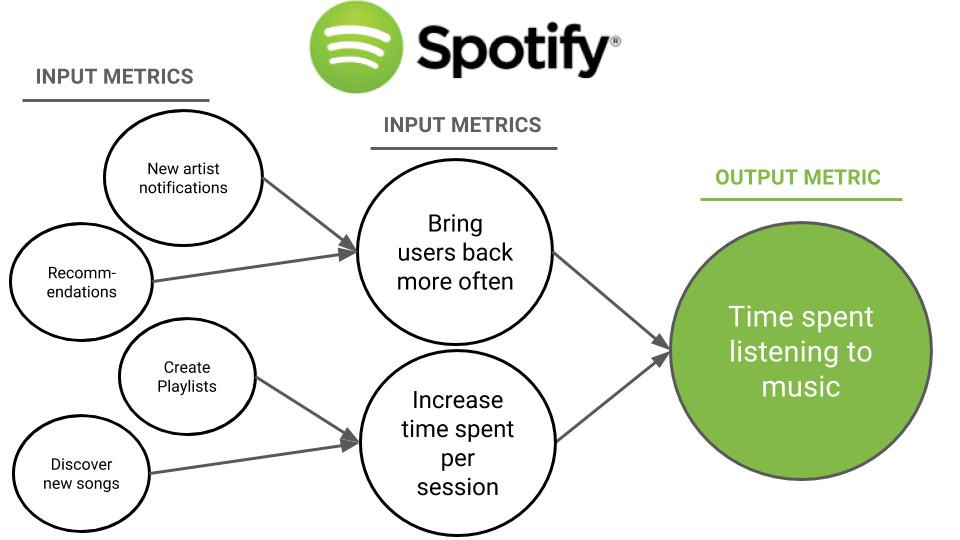
3️⃣ Package for Virality Without Hurting Conversion
At the early stage, your goal is not to maximise revenue per user, but to maximise reach.
You need a pricing model that encourages sharing and accelerates adoption.
How to Design for Virality
Allow free users to create or share something that showcases your product (dashboards, videos, or documents).
Put paywalls around collaboration, automation, and administration — those are what growing teams will eventually need.
Keep pricing transparent. Hidden pricing adds friction and erodes trust.
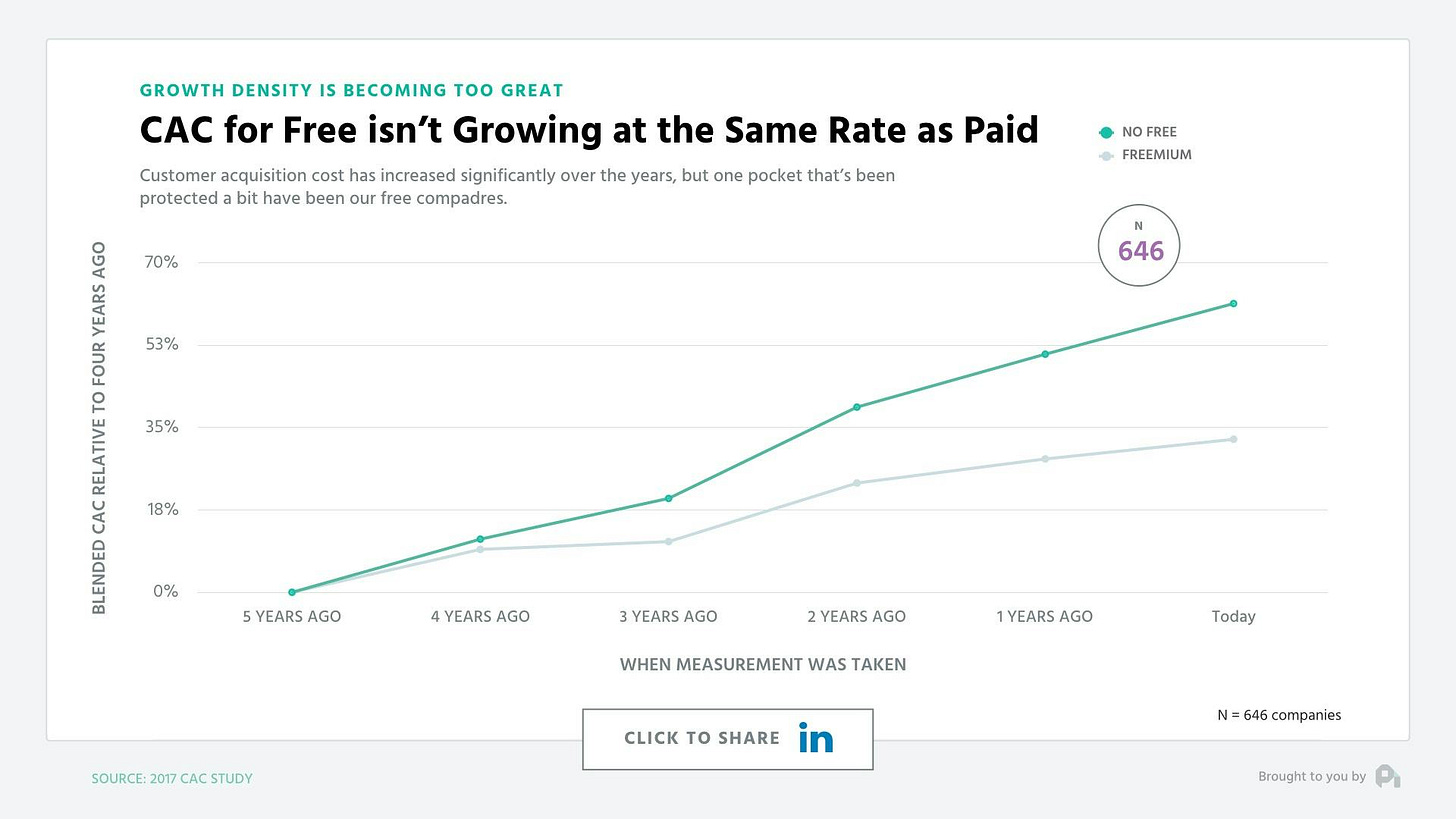
Simple Tiering Example
Free: Single user, simple use case, shareable outputs.
Core: Team collaboration, basic admin tools, key integrations.
Pro: Automation, analytics, workflow management.
Enterprise: Security, compliance, support, and SLAs.
Each tier should feel like a natural step forward. Every upgrade should unlock meaningful new power, not random features.
4️⃣ Protect Retention with Annual Plans and Simple Upgrades
Retention is the invisible measure of great pricing.
If customers churn as soon as they hit a paywall, your system is broken.
Retention Rules
Offer monthly billing at first, but begin introducing annual plans once you find product market fit.
A discount of 15–20% is enough to improve cash flow and show confidence.
Allow instant, self service upgrades. Never make a customer email support to change plans.
Track retention by cohort every week by both source and plan type.
Pricing is rarely the real reason customers leave, but it is often the first reason they will cite. Keep yours fair, clear, and value aligned.
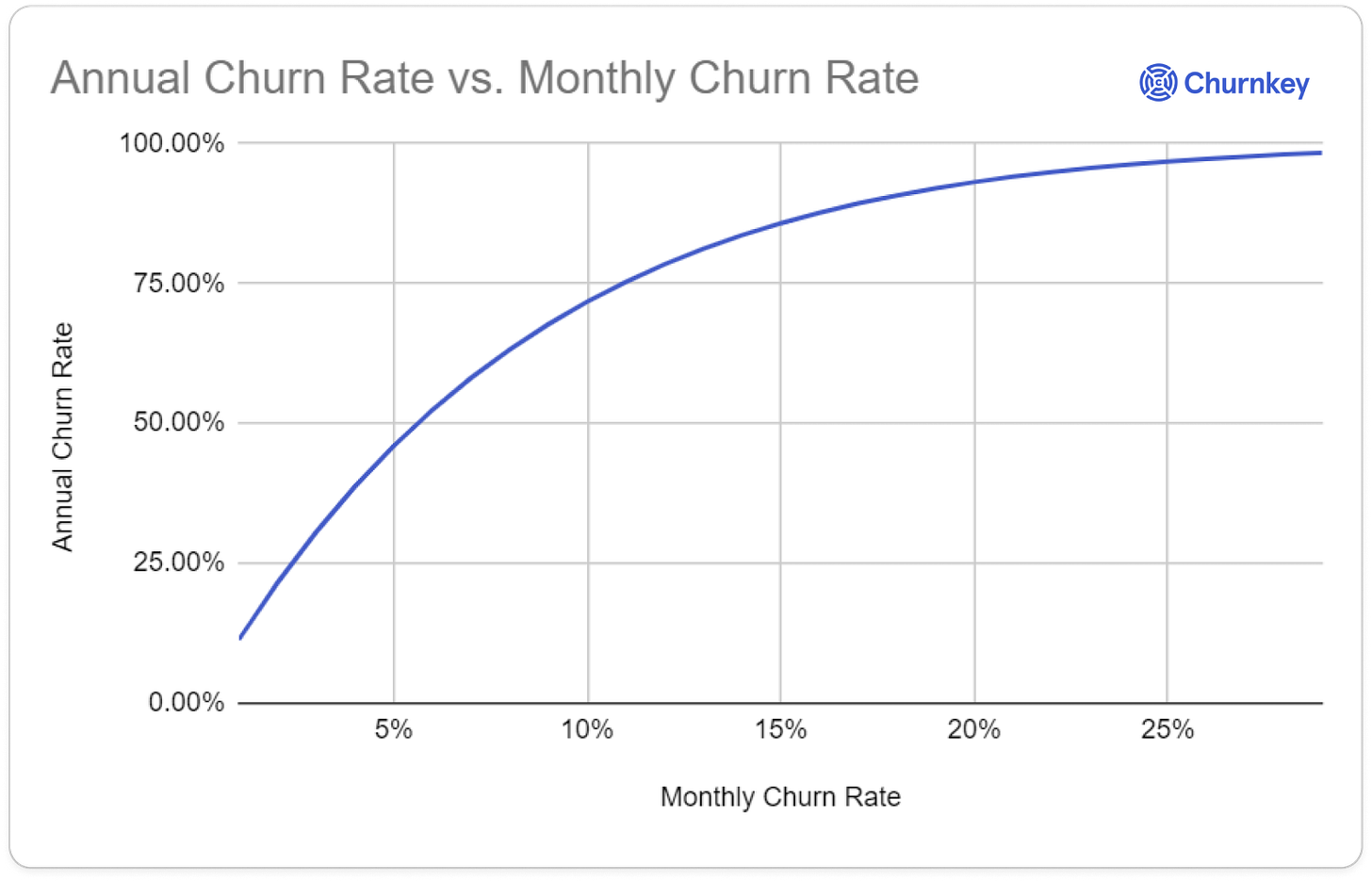
5️⃣ Know When to Move Toward Value Based Pricing
You do not start with value based pricing. You earn the right to use it.
Wait until:
Customers clearly understand your value metric.
Retention is solid with low churn and improving net retention.
You see consistent account expansion over time.
Then run proper pricing research:
Use the Van Westendorp method to find acceptable price ranges.
Use conjoint analysis to discover which features drive perceived value.
Interview customers to hear how they describe their willingness to pay.
Value based pricing lets you capture more upside without alienating existing customers, because it is rooted in outcomes rather than inputs.
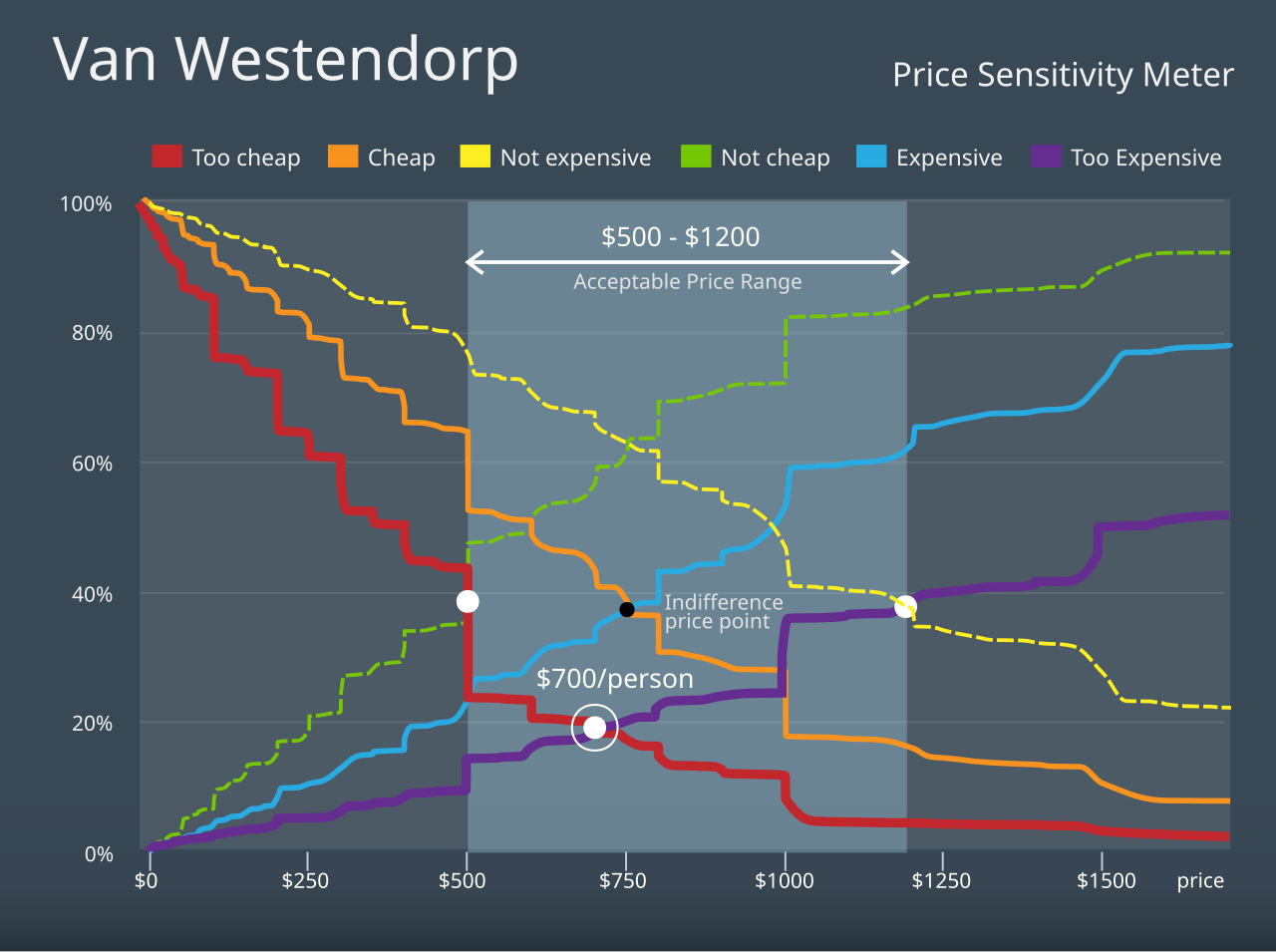
🧠 Founder Wisdom: A BrainDump on Investor Updates
As I’ve written in my BrainDump: “Pricing as Narrative”, pricing isn’t just about economics — it’s about storytelling.
Every price point you set tells the market what you believe about your product, your users, and your conviction.
Raise prices, and you’re communicating confidence.
Discount too heavily, and you might be signalling uncertainty.
Each pricing experiment should carry a story: why now, for whom, and how this change unlocks more value.
Because in SaaS, the best pricing models don’t just optimise revenue — they shape perception, build trust, and define what kind of company you are becoming.
6️⃣ Raise Prices Without Losing Trust
A price increase is not just a financial move. It is a communication exercise.
The Golden Rules
Announce a price change together with an increase in value (new features, higher limits, or improved performance).
Reward loyal users by grandfathering old rates or letting them renew early.
Communicate clearly and early. Give context, give options, and give time.
The best price increases make customers think, “That’s fair — they’ve earned it.”
The worst ones make them look for alternatives.
7️⃣ Measure Whether Pricing Is Working
Pricing changes only matter if you measure their impact.
Treat pricing as a growth channel that is tracked, tested, and refined.
Track These Metrics Weekly
Customer Acquisition Cost Payback Period
Average Revenue per Account
Conversion Rate (free to paid)
Net Dollar Retention
Upgrade Triggers (usage limits that drive conversion)
Balance speed of acquisition with strength of retention, and you’ll turn pricing into a compounding engine rather than a guessing game.
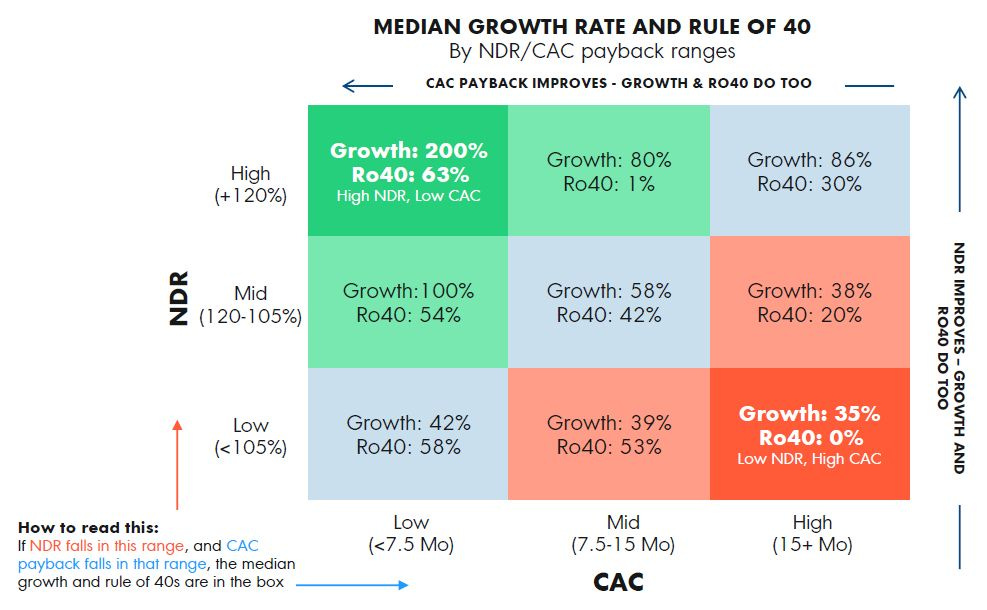
8️⃣ Run a 90 Day Pricing Sprint
Pricing is not a single decision. It is a living system that you refine through fast, deliberate learning.
Days 1 to 30: Foundation
Choose your entry model (trial, freemium, or usage).
Define your value metric.
Build a simple three tier pricing page.
Days 31 to 60: Acceleration
Add product prompts that connect upgrades to success moments.
Test annual plans and measure take rate.
Collect pricing feedback through surveys or interviews.
Days 61 to 90: Optimisation
Refine plan limits.
Run your first A/B pricing test.
Track ARPU and retention changes weekly.
By the end of 90 days, you will have a pricing engine that learns faster than your competitors.
💡 Founder OS: The Pricing Test Framework
Every founder should run with a weekly pricing mindset to catch mismatch early:
Hypothesis: “If we raise price by 10%, we’ll lose ≤3% of upgrade conversion.”
Test plan: randomly apply new rate to a small segment.
Metrics to watch: upgrade conversion, churn by plan, ARPU shift.
Decision criteria: if uplift > expected loss + margin buffer, roll it out; else revert and tweak fences.
Ritual: commit 30 minutes every Friday to scan pricing dashboards before sending investor updates.
This OS turns pricing from a mystery into a measurement tool.
Want the full BrainDumps collection?
I’ve compiled all 70+ LinkedIn BrainDumps into The Big Book of BrainDumps. It’s the complete playbook for founders who want repeatable, actionable growth frameworks. Check it out here.


Incredibly valuable, focusing on distribution and defining a clear value metric early on is essential.
Brilliant breakdown of pricing as a growth engine, not a one-off task. The part about choosing just one entry model is such an overlooked gem. Too many early-stage teams try to hedge and end up with a funnel that confuses everyone. Chris, when you're advising founders, how do you help them avoid overcomplicating pricing in those early chaotic months?